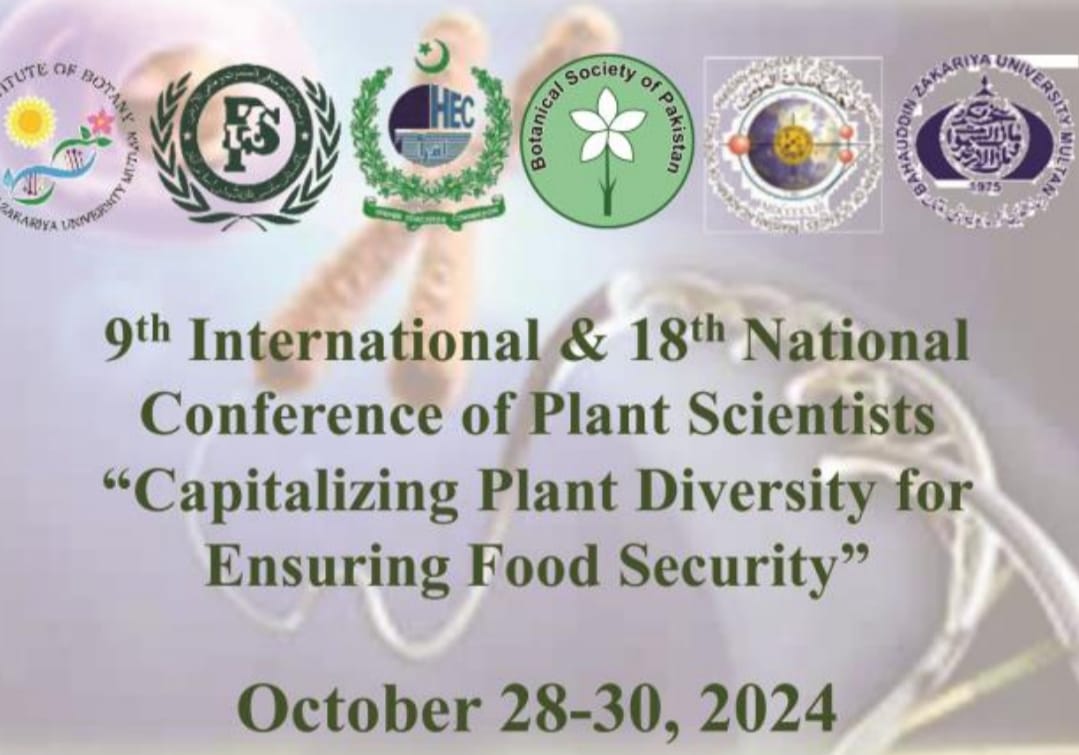
PJB-2017-190
GENOME-WIDE IDENTIFICATION AND COMPARATIVE ANALYSIS OF SQUAMOSA-PROMOTER BINDING PROTEINS (SBP) TRANSCRIPTION FACTOR FAMILY IN GOSSYPIUM RAIMONDII AND ARABIDOPSIS THALIANA
Muhammad Amjad Ali, Khush Bakhat Alia, Rana Muhammad Atif, Ijaz Rasul, Habib Ullah Nadeem, Ammara Shahid and Farrukh Azeem
Abstract
SQUAMOSA-Promoter Binding Proteins (SBP) are class of transcription factors that play vital role in regulation of plant tissue growth and development. The genes encoding these proteins have not yet been identified in diploid cotton. Thus here, a comprehensive genome wide analysis of SBP genes/proteins was carried out to identify the genes encoding SBP proteins in Gossypium raimondii and Arabidopsis thaliana. We identified 17 SBP genes from Arabidopsis thaliana genome and 30 SBP genes from Gossypium raimondii. Chromosome localization studies revealed the uneven distribution of SBP encoding genes both in the genomes of A. thaliana and G. raimondii. In cotton, five SBP genes were located on chromosome no. 2, while no gene was found on chromosome 9. In A. thaliana, maximum seven SBP genes were identified on chromosome 9, while chromosome 4 did not have any SBP gene. Thus, the SBP gene family might have expanded as a result of segmental as well as tandem duplications in these species. The comparative phylogenetic analysis of Arabidopsis and cotton SBPs revealed the presence of eight groups. The gene structure analysis of SBP encoding genes revealed the presence of one to eleven inrons in both Arabidopsis and G. raimondii. The proteins sharing the same phyletic group mostly demonstrated the similar intron-exon occurrence pattern; and share the common conserved domains. The SBP DNA-binding domain shared 24 absolutely conserved residues in Arabidopsis. The present study can serve as a base for the functional characterization of SBP gene family in Gossypium raimondii.
To Cite this article:
Download PDF


